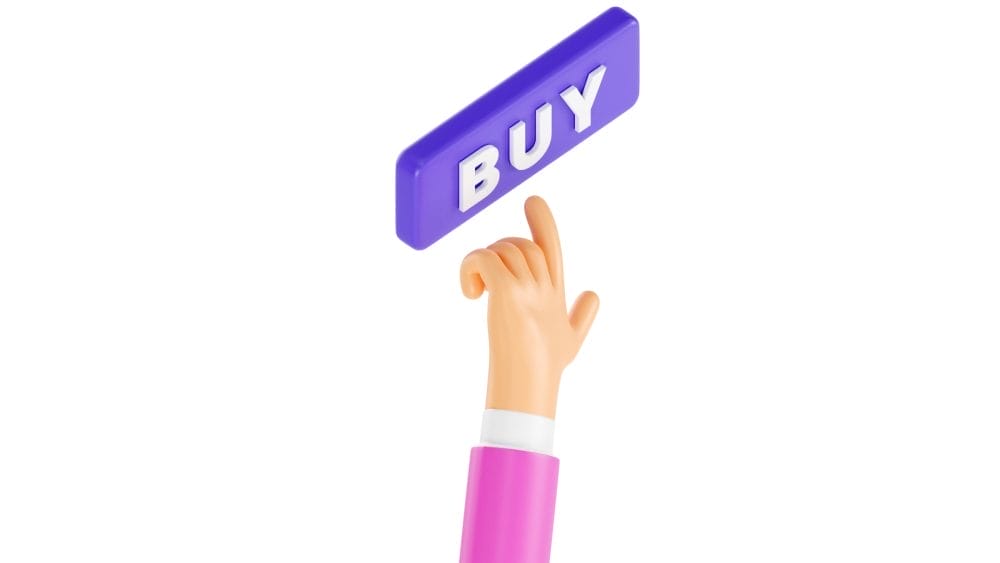There’s a popular personal finance philosophy called ‘buy it for life’ that involves buying high-end products in hopes that you’ll never have to replace them. Many people believe that this practice will save them money in the long run since they won’t have to repurchase things as often. I used to subscribe to this school of thought and buy the nicest products I could afford. But I’ve since changed my mind for several reasons. Here’s why I’m planning to choose less expensive items from here on out.
Products Aren’t Made as Well as They Used to Be
When my spouse wanted a single-serve coffeemaker as a birthday present, I read lots of food blogs and customer reviews to try and find the best product. My research led me to purchase a Nespresso, which my partner has happily used for about a year. Unfortunately the machine stopped working yesterday, and my partner hasn’t been able to fix it despite being pretty handy.
We’re seeing if the product is still under warranty so we can get a replacement. We haven’t used it very heavily since my partner considers espresso a treat. Instead of heading to the coffee shop, we usually pull the Nespresso out a few times per month when we’re craving a fancy latte. So we’re pretty disappointed that a gently product we expected to last for at least a few years died so quickly.
In my experience, consumer goods just aren’t made as well today as they were in the past. We had a similar issue with our microwave, which died after about a year as well. Products with electronic components often can’t be repaired easily, so you’re forced to replace them.
Planned Obsolescence
Experts say that many products have declined in quality and fail more easily. Our throw-away consumer culture may be to blame. Customers usually want to upgrade and have the latest and greatest products. Instead of repairing an old iPhone, they’d rather purchase a new one that has more impressive features. Previous generations used to prefer to repair their items, but advertising and social media have increased our appetites for trendy items.
This throw-away mindset has created huge demand for new products, which puts pressure on companies to manufacture items quickly. This may lead them to rush the design and production process and choose materials that are easier to work with, but less durable. For example, many tech products have an increasing number of plastic parts instead of heavy-duty metal components that can stand the test of time. There’s even a term to describe this decrease in product quality: planned obsolescence. Since products generally aren’t as well-made as they used to be, I don’t feel like it’s worth it to splash out on premium items.
Replacing Items Can Be Cheaper In The End
I’ve noticed that you can usually purchase a cheaper version of an item many times over for the same cost as a high-end product. For example, a Le Creuset dutch oven can run you $300 or $400. Last weekend I found a Lodge dutch oven for $40 at TJ Maxx and decided to purchase that instead.
I could replace the Lodge dutch oven 10 times for the same price as the Le Creuset pot. I doubt I’ll need to buy a new Lodge that often considering it’s made of cast iron. So I think I came out ahead by choosing the cheaper product.
Before you buy a high-end item, make sure you run this replacement cost calculation to see if it makes sense to splurge. If the premium item is less than double the price, it may be worth it to spring for higher quality. But in my opinion, it’s usually not worth it to buy the luxury item if it’s triple the price or more.
Accidents Happen!
My mother-in-law gave my partner a beautiful bread oven from Emile Henry for Christmas. It was made in France and is similar to Le Creuset in terms of quality. However, it’s still made of ceramic, which is breakable. If we accidentally drop it, I’m sure it will shatter.
Obviously we plan to take very good care of our new bread cloche so it lasts for as long as possible. But accidents happen, so you can’t always guarantee that the products you buy will be with you for life.
A family member could mistakenly throw your cashmere sweater in the dryer and shrink it. Or you could get a tear in the goose down jacket you intended to keep for years. I even had a Tempur-Pedic memory foam mattress develop mold after a few years of careful use. I never spilled anything on it or left wet towels on it. But it still developed moisture issues that weren’t covered by the warranty.
Instead of buying things for life, I follow a different rule instead. If I can’t afford to buy something twice, I don’t purchase it. That way I don’t have to worry about things breaking or getting lost. I can always afford to replace something if needed without stretching my budget, which gives me peace of mind.
Do you buy things for life or choose cheaper options? Share your thoughts in the comments!
Read More
Should You Apply the ‘Buy Once, Cry Once’ Ideology on Budgeting?
4 Ways to Avoid Buyer’s Remorse
Why I’d Rather Buy Things Than Experiences
Vicky Monroe is a freelance personal finance and lifestyle writer. When she’s not busy writing about her favorite money saving hacks or tinkering with her budget spreadsheets, she likes to travel, garden, and cook healthy vegetarian meals.






